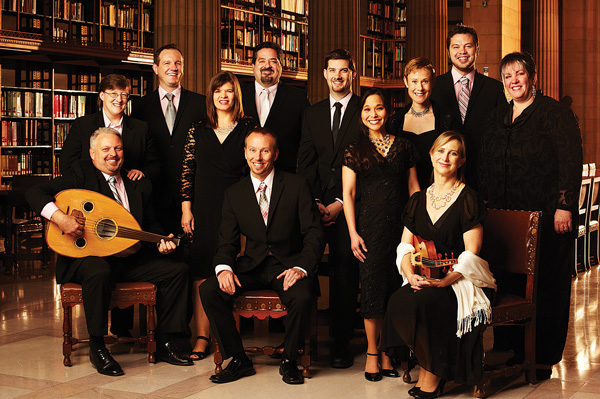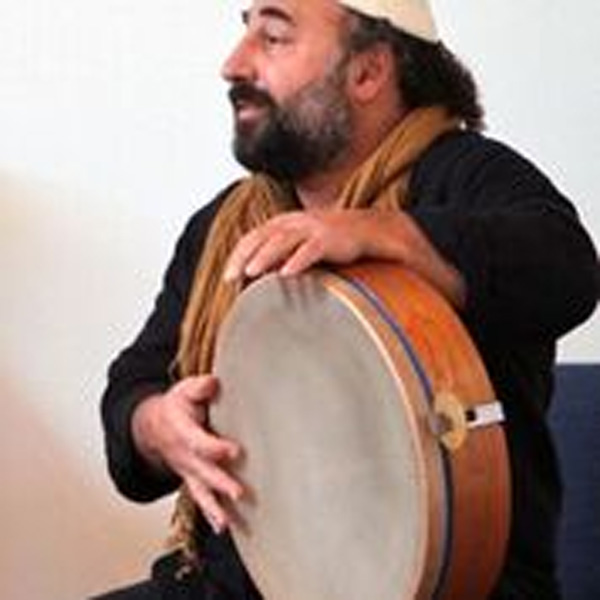Both Sides of the Coin

I offer you reviews of two musical events this week, just about as far apart musically as any events could possible be. The Duluth Superior Symphony Orchestra opened its season Saturday night with a program titled ‘The Dream of America.’ At the same time, The Rose Ensemble opened its season with a choral program called ‘Jerusalem: Treasures from the Holy Land.’
Since these two spectacular events occurred simultaneously, an enthusiastic audience member had to make a difficult choice. My personal choice was to attend the Sacred Heart performance by The Rose Ensemble. That meant I was also present at the formal rehearsal of the DSSO on Saturday morning, as they performed the entire program to be shared on Saturday evening. Such is the life of a committed musician!
DSSO opening with very new and very traditional
The DSSO rehearsal was better than I expected. Primarily, that was because the Osvaldo Golijov composition, ‘Azul,’ was performed in the revised version, which was much more articulate than the first version back around 2005.
After opening the DSSO rehearsal with brass and percussion sharing the bombastic ‘Fanfare for the Common Man,’ Music Director Dirk Meyer reminded orchestra members sitting in front of the trombones, French horns, and trumpets to come to the concert with ear protection! What a great piece of advice! The brass was crisp, and the tympani was brittle and very punctuating for this monumental cry for human unity.
‘Azul’ is a concerto for cello and orchestra, with significant contribution from an electrified accordion and about 25 unusual percussion instruments played by Gene Koshinski and Tim Broscious. Cellist Matthew Haimovitz was the soloist, with Michael on the modified accordion. This three movement composition was delicately beautiful and ferally aggressive from one section to the next. The articulate cello playing of Haimovitz was incredible, and the orchestra had the ability to stay quieter than the cello at all times. This moody, gorgeous piece of music was worth the price of admission.
Meanwhile, the Dvorak ‘New World’ Symphony was as exciting as it’s supposed to be. The brass section was always very crisp, and the mellow moments with strings in the second movement, then at the very closing measures of this symphony, made a listener catch his breath. Dvorak was trying to capture some of his experiences as a guest in America in the 1890s, and this symphony is visionary in the possibilities he perceived.


Rose Ensemble and music from a very ancient Jerusalem
About six blocks away, The Rose Ensemble sang a program of music that dated from the 11th to the 17th centuries, using texts in Latin, Hebrew, and Arabic, as they sang songs from Jewish, Christian, and Muslim communities. Ten singers were joined by four instrumentalists, mostly from Palestinian/Israeli circles. Without question, this was an other-worldly presentation, with lots of shadows across the performance, and all the music flowed from one piece to the next with very little interruption. You never knew what culture you were part of, and the similarity of the music emphasized the similarity of the culture, prior to the present day of continued violence. Previous centuries were somewhat different.
All three guests, Yair Dalal, Dror Sinai, and Zafer Tawil, sang powerfully, even as they played unique instruments. The members of the Rose Ensemble blended beautifully, particularly in their pieces by Salamone Rossi and Carlo Gesualdo. Psalms, lamentations, and a variety of sacred inspiration filled Sacred Heart Music Center with a sense of musical and religious unity.
So choices were difficult this past weekend, but extremely rich, whichever choice you made. Whether you listened to one of the most brilliant composers of our time (Osvaldo Golijov), or one of the most ancient of known musicians (Judah Ha-Levy) you probably had an enriching experience. I hope you were present, and perhaps you were as lucky as me, and got to attend both events for a very rewarding Saturday.
